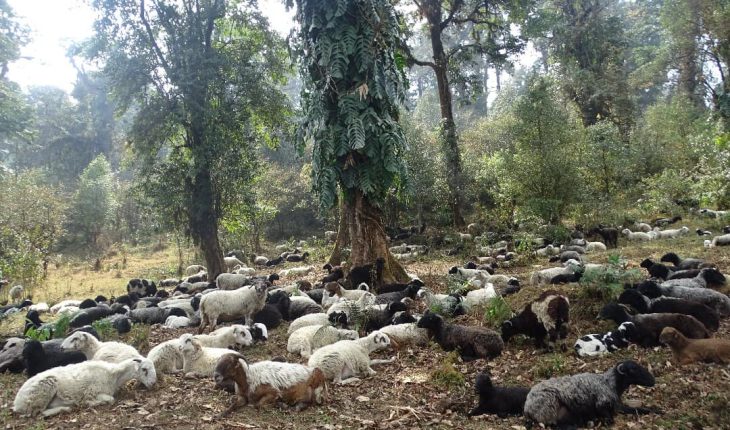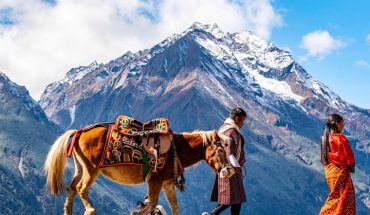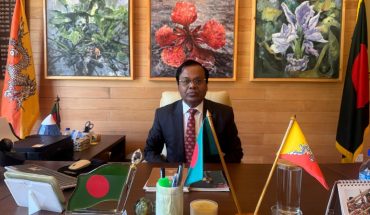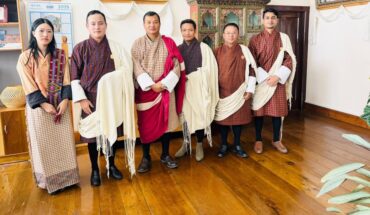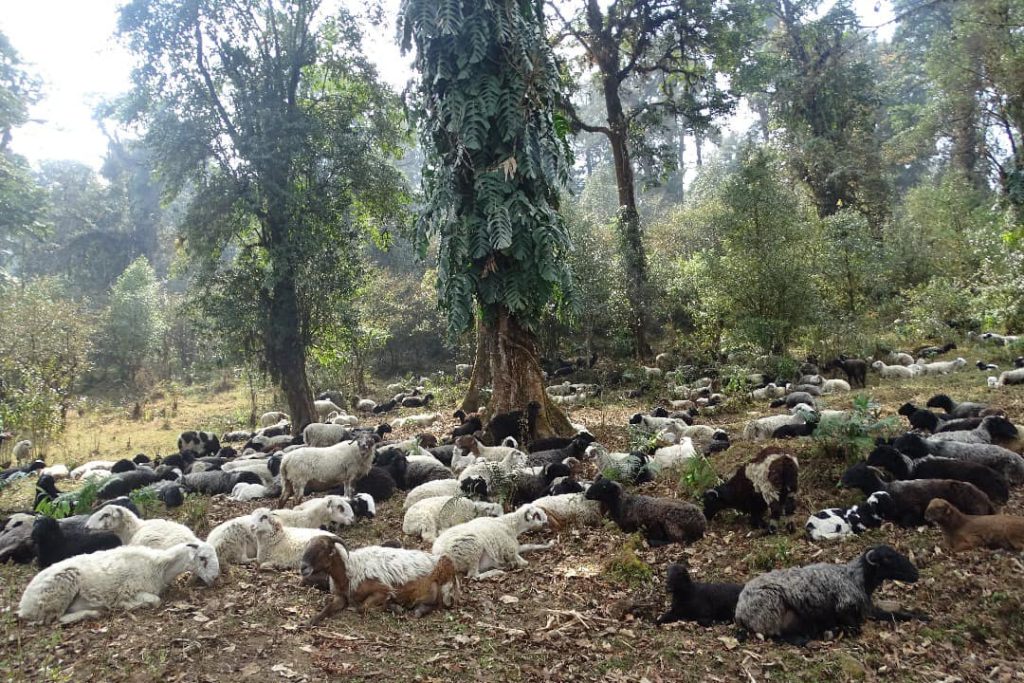
NGAWANG JAMPHEL Thimphu
Bhutan has made notable progress in conserving its livestock heritage through the Animal Genetic Resources (AnGR) Program, which has emerged as a central pillar in the country’s agricultural and livestock development.
Established in 2005, the program continues to safeguard unique livestock breeds, ensuring their sustainable use while contributing to long-term food security and rural livelihoods.
The AnGR Program adopts a twin approach—both in-situ conservation, which protects animals within their natural habitats, and ex-situ conservation, which includes advanced methods like gene banking.
Together, these efforts are helping Bhutan protect its rich animal biodiversity from threats posed by modernization, climate change, and declining traditional practices.
The foundation of the program was laid with the Type Three Project in 2005, supported by the Small Development Strategy (SDS) fund. It was followed by the Integrated Livestock and Crop Conservation Project (ILCCP) under the 10th Five-Year Plan, which proved to be a turning point.
One of the most significant achievements of the ILCCP was the upgrade of the National Animal Genebank into a fully operational facility.
This upgrade strengthened Bhutan’s capacity for gene banking, cryopreservation, and other modern conservation techniques, setting a firm base for future initiatives.
Over the last decade, the program has grown steadily, expanding its scope from safeguarding genetic resources to promoting sustainable utilization.
It now coordinates on-farm conservation efforts, maintains gene banks, and works closely with farmers to prioritize breeds critical to Bhutan’s food and cultural systems.
Several high-profile projects have further reinforced this momentum. Among them is the High-Altitude Northern Areas of Bhutan (HANAS) project, supported by the World Bank and the Bhutan Trust Fund for Environmental Conservation (BTFEC), which focused on conserving the Jakar sheep, a breed vital to highland pastoral communities.
Likewise, the Asian Food and Agriculture Cooperation Initiative (AFACI) project has contributed to improving management practices, ensuring that genetic resources are not only conserved but also utilized in a way that adds value to farmers’ livelihoods.
A milestone achievement came in 2011 when Bhutan successfully validated cryopreservation protocols for animal semen at the National Animal Genebank.
This was made possible through technical assistance from the United Nations Development Programme (UNDP) and the Food and Agriculture Organization (FAO).
The breakthrough marked Bhutan’s entry into advanced conservation technologies, opening new doors for securing livestock diversity for future generations.
Bhutan’s contribution is not limited to the national level. The country has actively engaged with the international community by submitting the State of Animal Genetic Resources for Food and Agriculture reports to FAO in 2009, 2010, and most recently in 2024.
These reports are instrumental in shaping the Global Plan of Action on animal genetic resources, underlining Bhutan’s role as a responsible partner in global biodiversity conservation.
Domestically, the AnGR Program also manages vital data through the Domestic Animal Diversity Information System (DAD-IS), providing regular updates on the status of Bhutan’s genetic resources to FAO.
Complementing this is a fully functional DNA laboratory that supports molecular-level research, enabling Bhutan to keep pace with international scientific standards.

